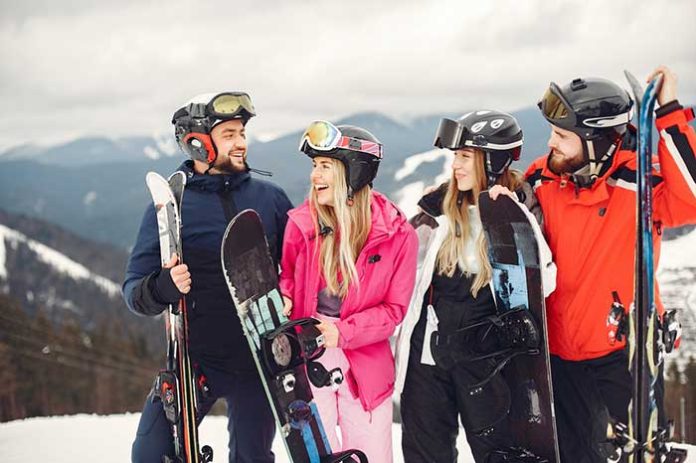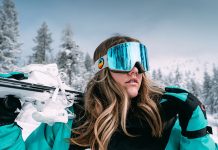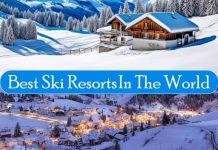The skiing vs snowboarding debate heats things up when it comes to two of the most popular winter sports in the world. Both provide an adrenaline rush and an opportunity to enjoy the great outdoors, but they are quite different from each other. Skiing and snowboarding have distinct differences in equipment, the learning process, safety risks, and the types of terrain.
We have designed this guide to help beginners understand the critical differences between skiing and snowboarding and make an informed decision on which sport is right for them. Whether you’re looking to hit the slopes for the first time or you’re a seasoned skier or snowboarder looking to try something new, this skiing vs snowboarding guide will provide you with all the details you need to get started.
Skiing vs Snowboarding Differences
Snowboarding and skiing are like two sides of the same snowy coin.
Skiing:
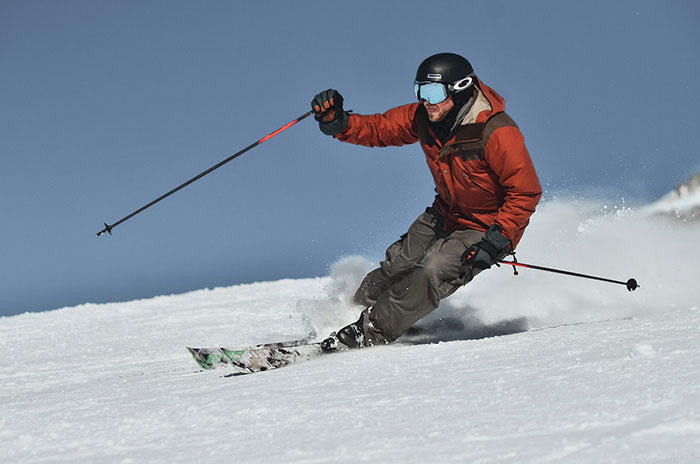
Skiing is like a symphony, with fluid and graceful movements flowing harmoniously. It’s the perfect sport for those who want to experience the mountain more relaxed and appreciate the scenery. Skiers use two skis, one for each foot, and poles to help them balance and navigate down the slope. It is generally a more accessible sport for beginners and those who want a more relaxed experience on the slopes.
Snowboarding:
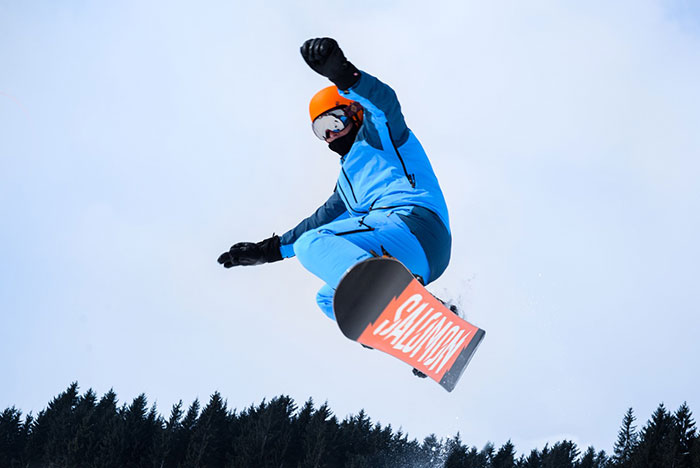
On the other hand, snowboarding is like a rock concert, an adrenaline-fueled ride that’s all about the thrill of the moment. It’s the perfect sport for those who crave an adrenaline rush and enjoy pushing their limits. Snowboarders use a single board and rely on their body movements to steer and control their speed. People consider snowboarding a more challenging and physically demanding sport, and it typically takes more time to master the techniques, but it is less deadly than skiing, according to a study. Snowboarders normally have a more crouched position and rely on their edges to navigate the slope.
Both sports offer the opportunity to enjoy the outdoors and the thrill of gliding down a snowy mountain, but the choice between the two sports often comes down to personal preference and skill level.
Is it easier to ski or snowboard?
It’s all about personal preference; some people might find skiing to be more accessible and easier to learn, while others might prefer the challenge and thrill of snowboarding. However, there is a common saying:
“Skiing is quicker to learn but more challenging to master…
Whereas snowboarding is more challenging to learn but easier to master.”
The critical aspect here is to have fun, whether you’re gliding down the mountain on skis or a snowboard.
What Gears Do I Need For Skiing and Snowboarding?
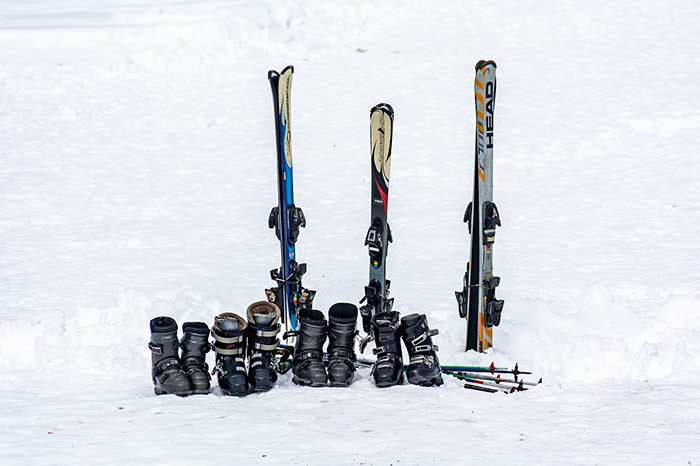
When getting started with skiing or snowboarding, there are several essential pieces of gear that you will need to have to have a safe and comfortable experience on the slopes.
For Skiing:
Skis: This most crucial piece of gear comes in various sizes and styles, depending on your skill level and the type of skiing you plan to do.
Boots: Ski boots are designed to fit snugly and securely around your feet and ankles, and they should be comfortable and easy to walk in.
Bindings: These connect your boots to your skis and come in various types, depending on your skill level and the type of skiing you plan to do.
Poles: You use ski poles for balance and propulsion, and they come in various lengths and styles.
Helmet: A helmet is essential for safety and protection from head injuries. It should fit snugly and comfortably and be certified for skiing and snowboarding.
Goggles or sunglasses: Best ski goggles protect your eyes from the sun, wind, and snow.
Gloves or mittens: The gloves help keep your hands warm and dry and should be waterproof and breathable.
Socks: Use socks to keep your feet warm and dry. Buy the ones made of moisture-wicking material to keep your feet dry.
Read Also: Top Ski Essentials to Bring On a Skiing or Snowboarding Trip
For Snowboarding:
A snowboard is a flat board with bindings attached to the rider’s boots. Snowboards come in different sizes and shapes depending on the type of riding you plan to do (freestyle, freeride, alpine). Other equipment, like boots, bindings, helmets, goggles, etc., is the same as we need in skiing.
It’s also important to note that some ski resorts and snowboarding areas have rental equipment available, which can be a good option for beginners who are not yet sure if they want to invest in their own gear. It’s always best to check with the resort or area beforehand.
Also Read: Best Ski Resorts in the World
Skiing vs. Snowboarding – Cost and Maintenance of Equipment Comparison
The cost and maintenance of equipment for skiing and snowboarding can vary greatly depending on the type and quality of gear, as well as the frequency and intensity of use. Skiing equipment can be more expensive than snowboarding gear, with skis, poles, and boots costing several hundred dollars. Skiing equipment also requires regular maintenance, such as sharpening and waxing the skis and occasionally replacing the edges. Snowboard equipment typically costs less and requires less maintenance than skis, but it still needs regular waxing and occasional tuning and replacement of the edges.
Snowboard gear also has a longer lifespan than skiing equipment, but depending on the gear’s usage and quality, it could need replacement. Renting equipment is always an option, especially for beginners who are still deciding if they want to invest in their own gear. However, it means that you will no have control over the quality of the gear you are using, and you will not be able to customize it to your preferences.
Our Guide to Master Skiing and Snowboarding
Mastering the art of skiing and snowboarding is like climbing a snowy mountain. It takes determination, patience, and a willingness to push yourself to the next level. But with the right mindset and a few key tips, you’ll be shredding the slopes like a pro in no time.
Take Lessons
First and foremost, taking ski lessons from a professional instructor is a must. They will not only teach you the basics but also help you fine-tune your technique and avoid bad habits that could hold you back.
Start Slow
Once you have the basics down, start slow and work your way up. Just like a chef who starts with the basics and gradually adds more complex dishes, you should start with easy slopes and gradually progress to more challenging terrain.
Keep Practicing
Practice makes perfect, and this is particularly true for skiing and snowboarding. The more time you spend on the slopes, the better you will become. Make sure to consistently practice your technique, and don’t be afraid to try new things.
Focus on your technique, not just speed
Remember that quality over quantity. Skiing and snowboarding are about precision and efficiency, not just about going as quickly as possible. You’ll become a more confident skier or snowboarder by focusing on your technique.
Appropriate Gear
The right gear can significantly affect your comfort and performance. Ensure you have properly fitting boots, skis, or a snowboard, and your bindings are adjusted correctly.
Work On Your Fitness
Remember to condition your body; skiing and snowboarding are physically demanding sports, so it’s essential to be in good physical shape. Building up your leg and core strength will aid you in becoming a better skier or snowboarder.
Lastly, learn from experienced skiers and snowboarders. Observing and learning from more experienced skiers or snowboarders can help you improve your skills and learn new tips and tricks. So, take a deep breath, trust the process and enjoy the ride. With a little bit of determination and a lot of patience, you’ll be mastering the slopes in no time.
Learning the Key Techniques of Skiing and Snowboarding
Skiing and snowboarding are like dancing on snow; both require grace, balance, and a sense of rhythm. The basic techniques may vary, but both sports share one fundamental principle: keep your weight centered and your movement fluid.
For skiing, the basic technique is known as the “snowplow” or “pizza” shape. It involves keeping your skis parallel and close together while pointing the tips inward, creating a “V” shape to decelerate or halt. As you become more relaxed, you can start to widen the “V” shape and slowly move to parallel skiing. Another crucial practice is the “stem” turn, which you can perform by angling one ski out to the side and using your weight to turn the ski.
For snowboarding, the basic technique is known as the “snowplow” or “wedge” turn. It involves keeping your knees bent and pointing the toes of your front foot inward, creating a “V” shape to slow down or stop. As you become more comfortable, you can begin to straighten your legs and gradually transition to parallel turns. Another essential technique is the “carving” turn, which you can do by turning both edges of the board into the snow and applying your body weight to turn the board.
Both sports require you to have a good balance and control over your body movements, especially when shifting your weight. As you progress, you can start experimenting with more advanced techniques such as jumping, carving, and rail sliding. Remember, skiing and snowboarding are not just about going fast; it’s about mastering the art of movement on snow and having fun doing it.
What Should I Wear for Skiing and Snowboarding?
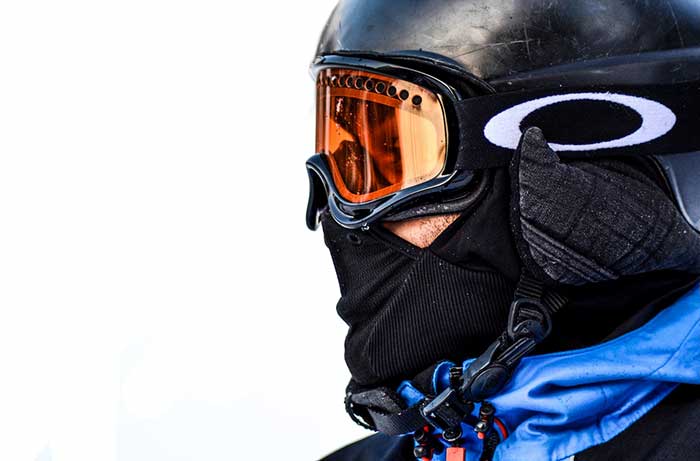
When it comes to hitting the slopes, what you wear can make all the difference between a fantastic day and a miserable one. Skiing and snowboarding are demanding sports, and the right gear can keep you warm, dry, and comfortable, even in the coldest and wettest conditions.
First and foremost, layering is essential. Start with a moisture-wicking base layer to keep sweat away from your skin, add a mid-layer for insulation, and top it off with a waterproof and breathable outer layer. It will keep you warm and dry, even when you’re working up a sweat.
Next, protect your extremities. Hands and feet are particularly susceptible to the cold, so have a good pair of gloves or mittens and waterproof boots, along with socks made of moisture-wicking material to keep your feet warm and dry.
Remember your head, ears, and eyes. A warm hat, neck gaiter, and a pair of goggles or sunglasses will keep you comfortable and protected from the sun, wind, and snow.
Finally, don’t skimp on quality. Invest in gear that will stand up to the elements and keep you warm and dry. It’s always best to spend a little more on quality gear that will last rather than buying cheaper items that you have to replace often.
In summary, dress like an onion, layer up, keep your extremities warm, protect your head and eyes and invest in quality gear. With suitable clothing, you’ll be able to focus on the fun of gliding down the slopes rather than being cold and wet.
Are There Any Good Places for Skiing and Snowboarding in America?
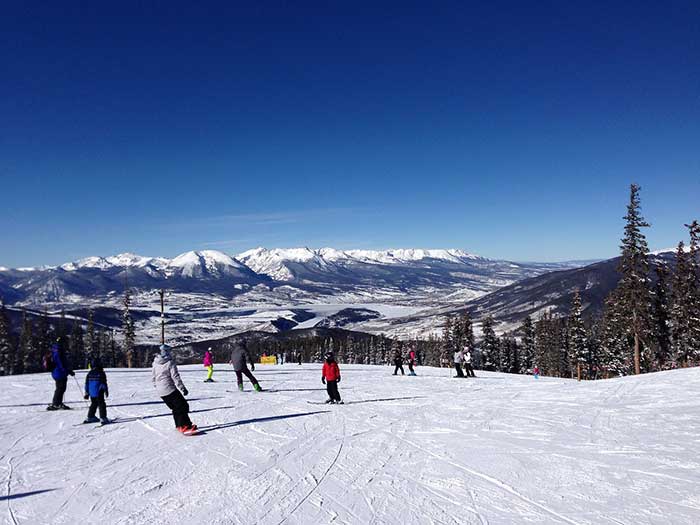
The United States is like a winter wonderland, with a plethora of destinations for skiing and snowboarding. Each destination offers its own unique blend of snow-covered peaks, breathtaking scenery, and endless runs to explore. So, where should you head for your next winter adventure? Here are some of the top places for skiing and snowboarding in America.
1. Vail, Colorado
Vail is like a snowy kingdom, with its vast expanse of skiable terrain and world-class facilities. It’s a place where the powder is always fresh, and the runs are always open. Whether you’re a beginner or an expert, Vail has something for everyone.
2. Aspen, Colorado
Aspen is like a winter fairy tale, with its charming Victorian-era architecture and picturesque mountain views. Known as the “ski capital of the world,” Aspen offers some of the most challenging and diverse terrains in North America.
3. Park City, Utah
Park City is like a winter playground with endless runs and top-notch facilities. It’s where you can ski and snowboard all day and party all night, with a vibrant après-ski scene.
4. Squaw Valley, California
Squaw Valley is like a winter paradise, with its steep and challenging terrain, and is also home to the 1960 Winter Olympics.
5. Jackson Hole, Wyoming
Jackson Hole is like a winter adventure, with challenging terrain and abundant annual snowfall. The resort features over 2,500 skiable acres, with a perpendicular dip of 4,139 feet, making it one of North America’s most challenging ski resorts. Jackson Hole Mountain Resort also accommodates the famous “Corbet’s Couloir,” one of the world’s most complex and dangerous ski runs.
6. Stowe, Vermont
Skiing in Stowe, Vermont, offers a truly unique and thrilling experience for skiers and snowboarders of all skill levels. The resort boasts over 116 trails spanning across more than 400 skiable acres, with a vertical drop of 2,360 feet. From groomed runs to challenging steeps and moguls, there’s something for everyone. The mountain also offers off-piste terrain and tree skiing for those seeking a more adventurous experience.
7. Telluride, Colorado
Skiing in Telluride, Colorado, offers a truly breathtaking experience with its picturesque mountain setting and exceptional snow conditions. The resort includes over 2,000 skiable acres, with a vertical drop of 4,425 feet, and offers a diverse range of terrain, from beginner-friendly groomers to challenging expert runs. Additionally, the town of Telluride offers a charming, historic atmosphere with a variety of dining, shopping, and entertainment options.
8. Steamboat Springs, Colorado
The place offers a unique and exciting experience with its natural hot springs, Champagne Powder snow, and variety of terrain. The resort boasts over 2,965 skiable acres, with a vertical drop of 3,668 feet, and offers a wide range of terrain, from beginner-friendly groomers to advanced steeps and moguls. The resort also offers ski-in/ski-out lodging, rental equipment, and ski instruction, making it an ideal spot for winter sports lovers of all skill levels.
These are just a few examples of the many great places for skiing and snowboarding in America. Each destination offers its own unique blend of snow-covered peaks, breathtaking scenery, and endless runs to explore. Wherever you choose to go, you’re sure to have an unforgettable winter experience.
Skiing vs Snowboarding – Conclusion
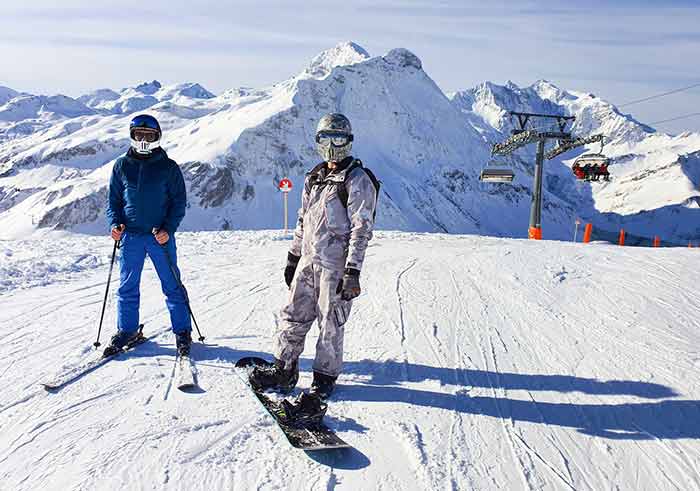
Whether you should go skiing or snowboarding ultimately depends on your personal preferences, goals, and comfort level. It’s crucial to consider what you’re looking for in a winter sport. If you yearn for speed and control, skiing might be the right choice for you. On the other hand, snowboarding might be the way to go if you desire a more relaxed, freestyle approach.
Read More: Most Beautiful Mountains in The World


